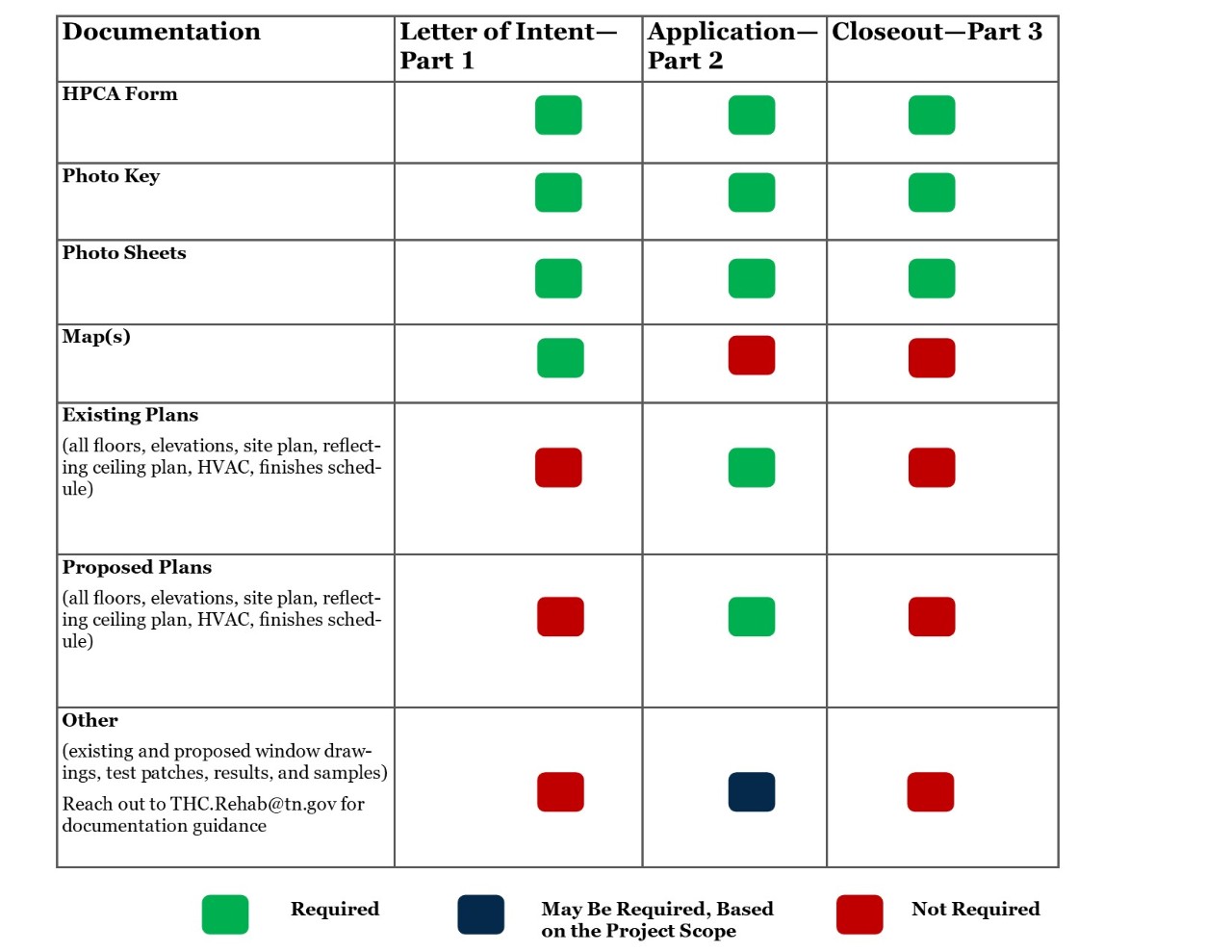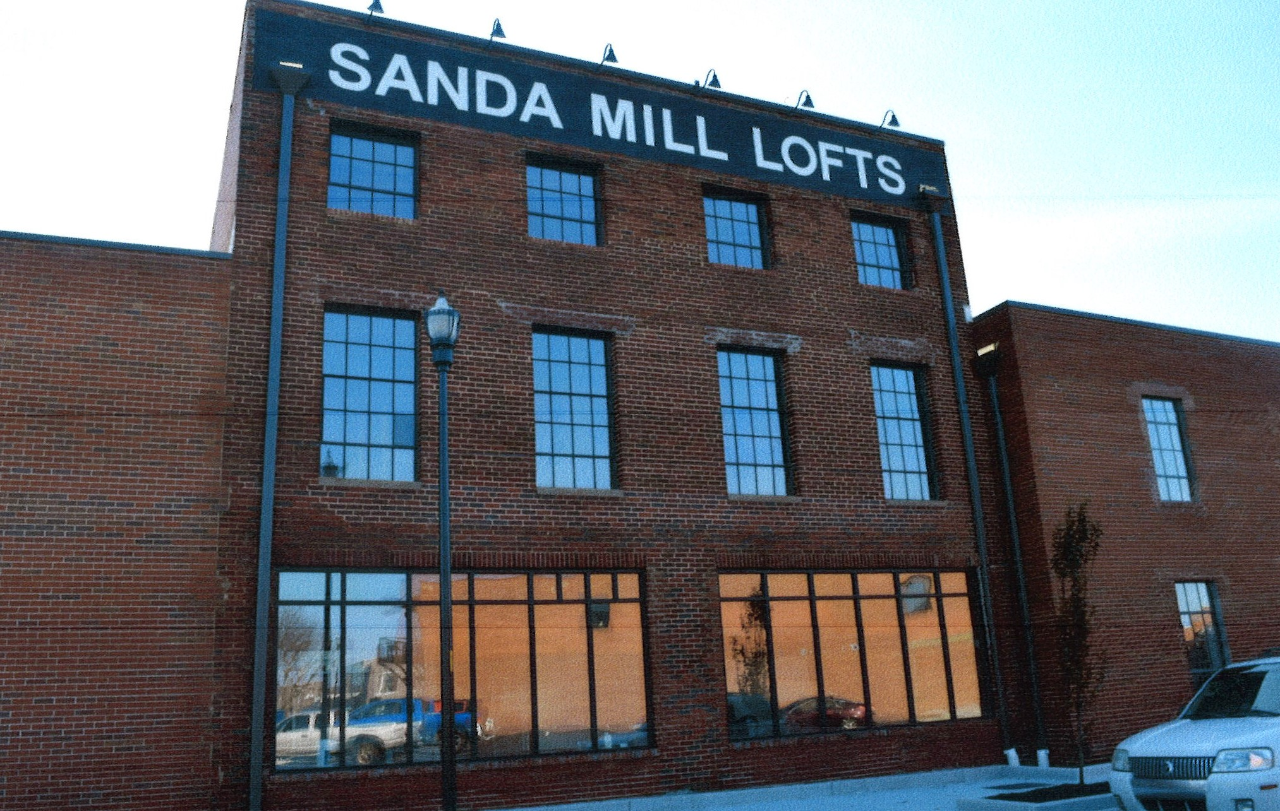Historic Development Grant Program: Setting up a Successful Rehabilitation
By Dr. Lane TillnerCreated in April 2021 by the Tennessee General Assembly, the Historic Development Grant Program (HDGP) is a state-funded grant program for the rehabilitation and reuse of National Register-listed, historic buildings across the state. Jointly administered by the Tennessee Historical Commission (THC) and the Tennessee Department of Economic and Community Development (ECD), this is a competitive, reimbursable program that requires eligible buildings be listed individually, or contributing to a listed district, on the National Register of Historic Places and meet at least one of four economic considerations. Other eligibility considerations include: all work rehabilitation work must meet the Secretary of the Interior’s Standards for Rehabilitation (the Standards) and the post-rehabilitation use must be income-producing in some manner.
How does one apply for the Historic Development Grant Program?
The HDGP consists of three phases: a Letter of Intent (LOI) phase, an invitation-only Application phase, and a Closeout phase. The LOI phase is used to determine that the building is listed on the National Register of Historic Places and that it maintains its character and integrity. This phase is usually open for about six weeks, beginning in May. The Application phase is invitation-only for those buildings that were determined to meet the requirements during the LOI phase. This phase is used to evaluate the proposed rehabilitation work and determine if the project will cumulatively meet the Standards as proposed. The Closeout phase simply closes out the grant contract.
What is required of each phase?
The HDGP is designed to mirror, and be stacked with, the Federal Historic Tax Credit (HTC) [a preservation partnership between the State Historic Preservation Offices, National Park Service, and IRS] in an effort to maximize the incentives available for the applicant. The grant program uses the same forms as the HTC to streamline the process. For the LOI phase, the applicant must submit the HPCA Part 1 – Evaluation of Significance Form along with photographs with descriptions, a photo key, and maps. If the project is seeking the Federal Historic Tax Credit alongside the grant, the Tennessee Historical Commission provides comment and transmits the form and related materials to the National Park Service for certification. If the project is seeking only the grant, the Part 1 Form, and all required documentation, remain at the Tennessee Historical Commission.
If invited to apply during the Application phase, the HPCA Part 2 – Description of Rehabilitation is required along with photographs with descriptions, a photo key, existing floor plans, proposed floor plans, and other documentation based on the scope of the proposed rehabilitation. The THC can assist an applicant in determining what documentation might be required. Similar to the LOI phase, if pursuing the tax credits and grant, the Tennessee Historical Commission will review the projects and provide comment, and the Part 2 Form, and all required materials, will be transferred to the National Park Service in order to determine if the proposed work will meet the Standards. If only pursuing the grant, the Tennessee Historical Commission will review the project and determine whether the proposed work will meet the Standards. If the proposed scope of work changes at all after the Part 2 Form has been approved by either the National Park Service or the Tennessee Historical Commission, please reach out to the THC as soon as possible for guidance to ensure the rehabilitation still meets the Standards.
The Closeout phase requires the submittal of the HPCA Part 3 – Request for Certification of Completed Work, photographs with descriptions, and a photo key. The Closeout phase follows the same process as above based on whether the applicant is pursuing the HTC and the HDGP or just the HDGP alone.

What are the keys to successful preparation and application?
- Early communication with the Tennessee Historical Commission is vital.
- Verify the National Register status of the selected building using the Tennessee Historical Commission Viewer
- Review the National Register Nomination and use as reference when completing the Part 1 Form
- Submit an Information Packet to receive a Determination of Eligibility
- Discuss proposed treatments, plans, and scope of work with Technical Preservation staff
- A site visit might be scheduled based on staff schedule availability
- Verify the National Register status of the selected building using the Tennessee Historical Commission Viewer
- Take comprehensive photographs of the exterior and interior of the building prior to any rehabilitation work and key an existing floor plan of the building
- Review rehabilitation guidance materials prepared by the Tennessee Historical Commission and the National Park Service
- Reach out to the Technical Preservation staff at the Tennessee Historical Commission anytime you have questions
- Begin early coordination with the Technical Preservation Staff at the THC and your project architects/contractors/engineers
- The turnaround time between the LOI and Application phases provides a small window in which to prepare the required materials such as floor plans
What documentation materials are required?
Entering its fourth year, the Historic Development Grant Program has been a powerful preservation tool throughout the state and has created opportunities for the rehabilitation of schools, theatres, banks, office buildings, mills, and many other building types. Combining the grant program with the Federal Historic Tax Credit creates ever greater incentives that benefit the applicant, the local community, and the State.
If you have any questions about the Historic Development Grant Program or the Federal Historic Tax Credit, please reach out to THC.Rehab@tn.gov.

